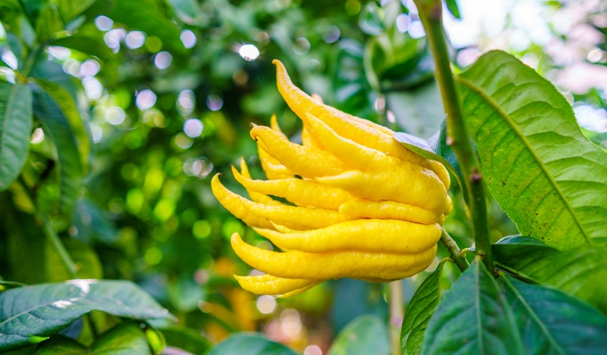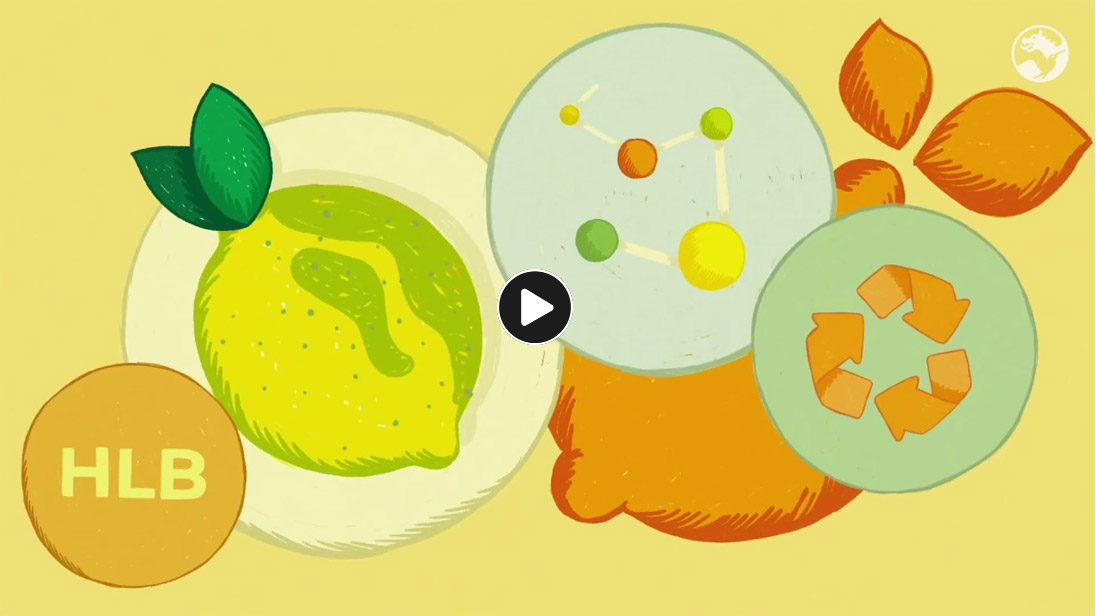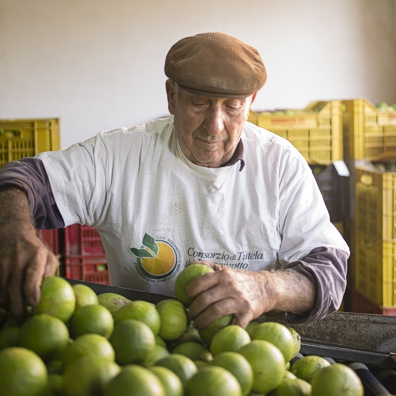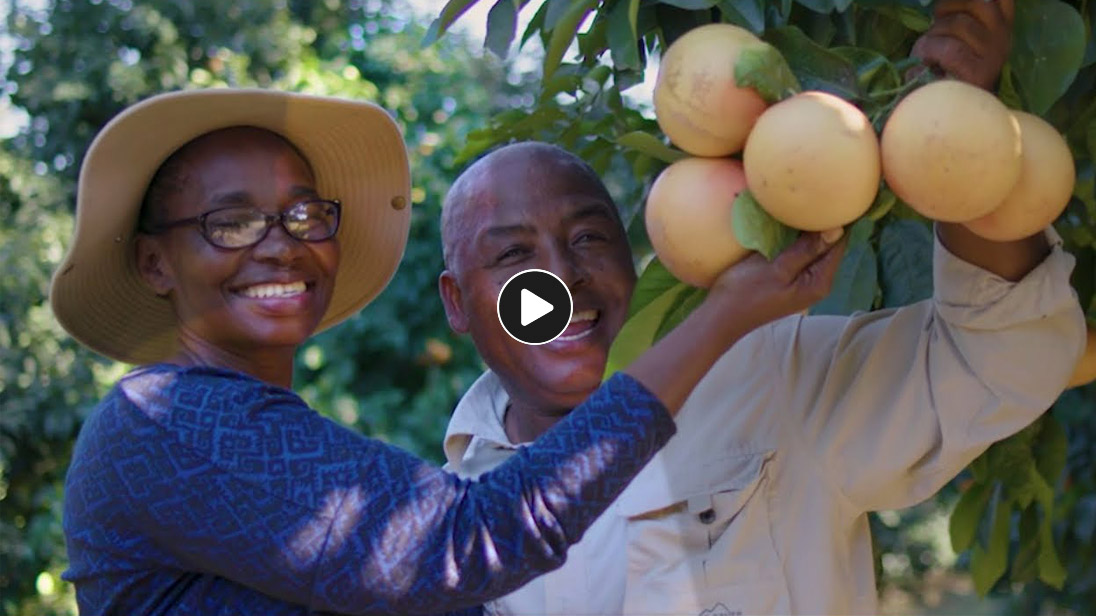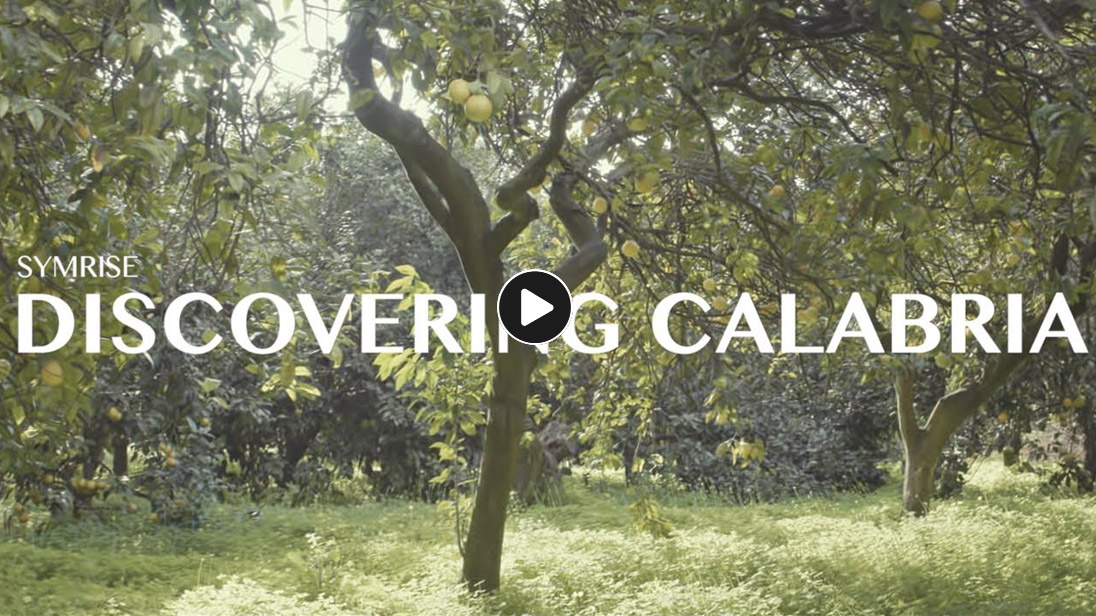Orange, lemon, lime, grapefruit, and mandarin make up 98% of all globally processed citrus fruits. Among the most important processing countries are Brazil; Argentina; South Africa; Mexico; China; the U.S.; Egypt; Morocco; Turkey; and Israel, plus others in Europe.
The taste and smell of citrus are best experienced at its source: in the orchards where farmers work year-round to cultivate their crops. Yet growing citrus is all but easy. Freshly planted trees require 5 to 8 years before producing an optimal harvest, meaning the return on investment is not immediate.
Although citrus sourcing has become industrialized in many nations, its value chain still involves hundreds of thousands of farmers across the globe. We are helping them plan for their future through sustainable partnerships.



